HRS 2022: Late-Breaking Science Video Collection
Published: 11 May 2022
-
Views:
 1478
1478
-
Likes:
 7
7
-
Views:
 1478
1478
-
Likes:
 7
7
-
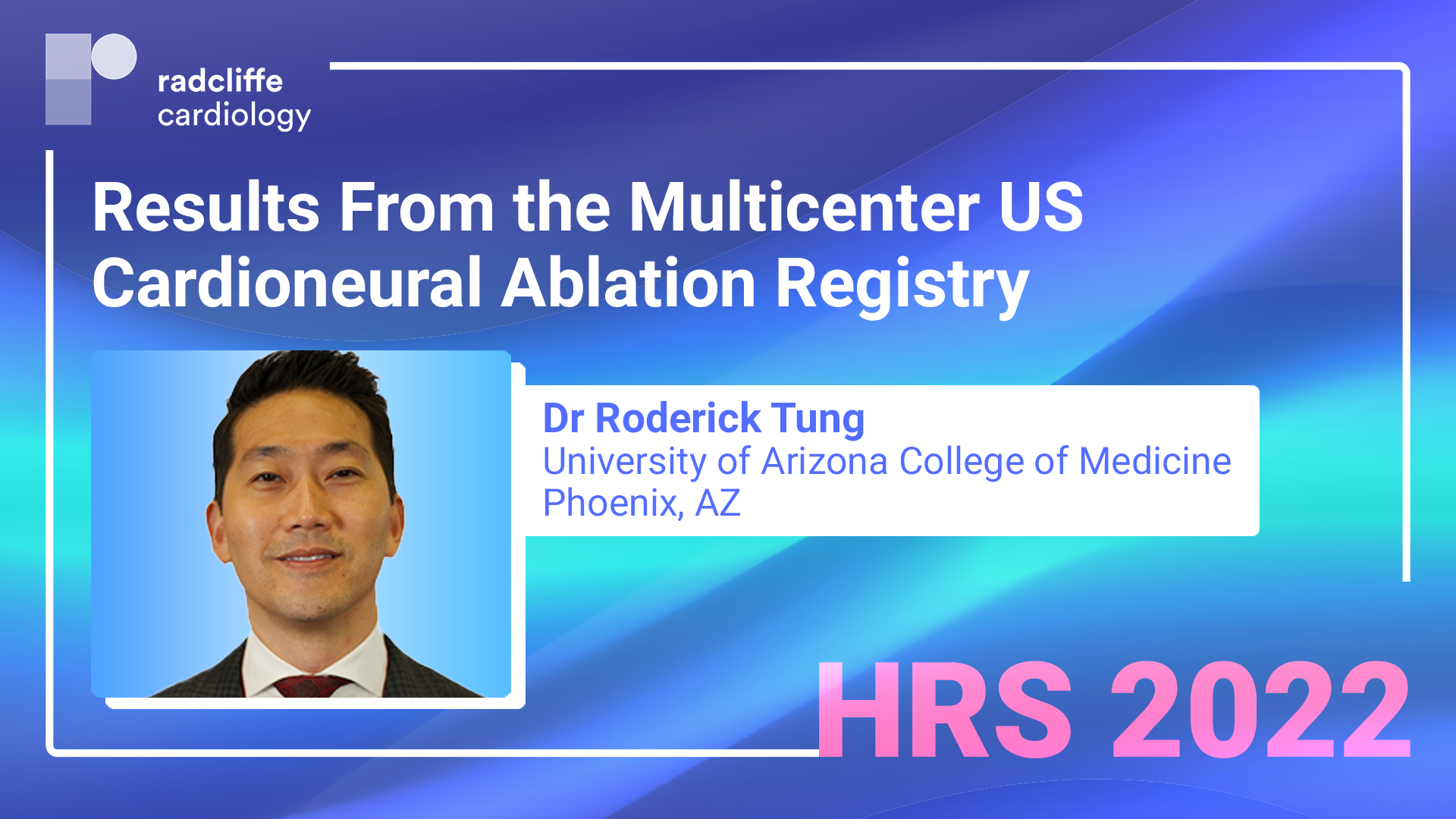 Up Next
Up Next -
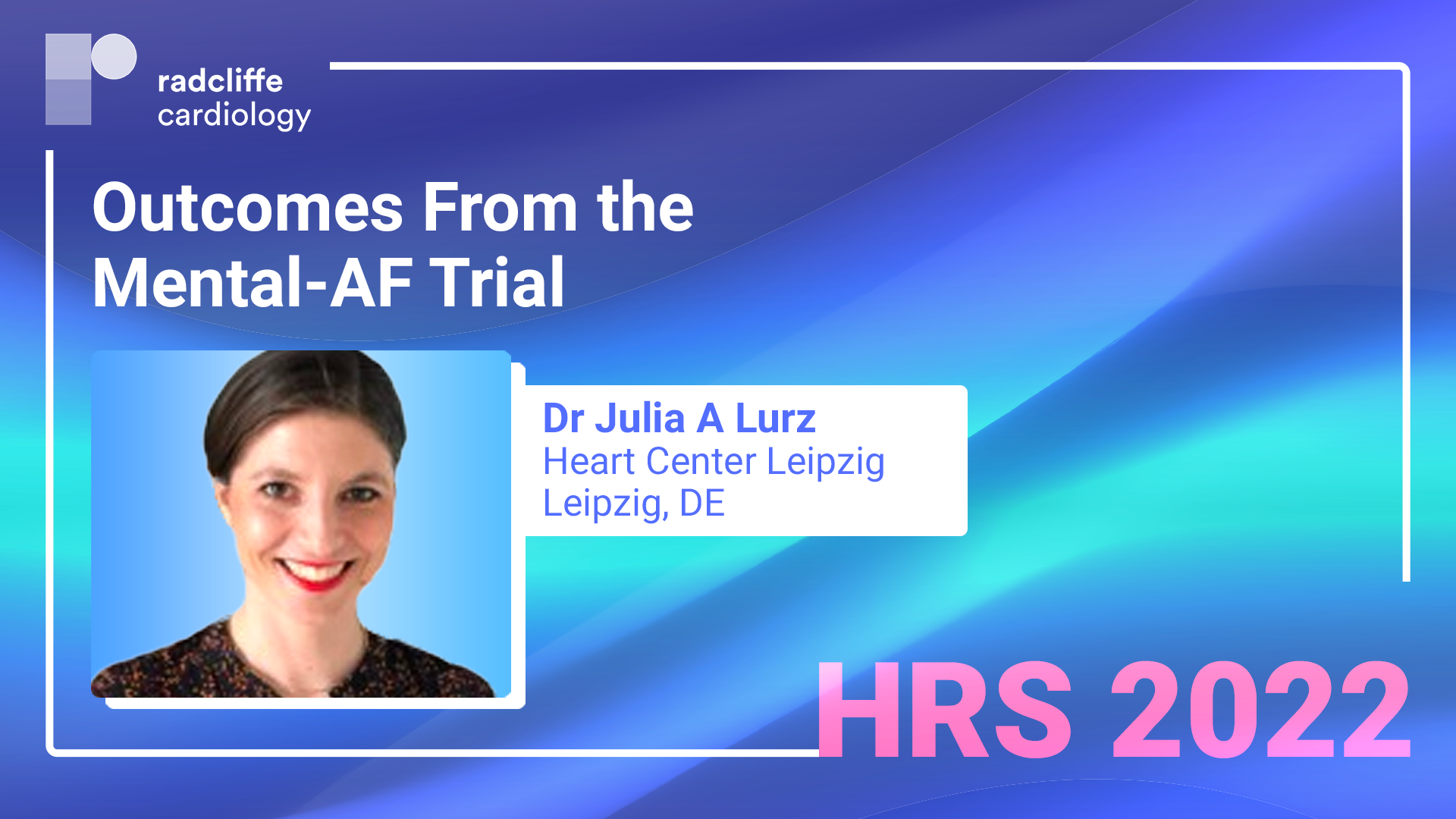 6m 35sPart 1 | Session 6 HRS 22: Outcomes From the Mental-AF Trial
6m 35sPart 1 | Session 6 HRS 22: Outcomes From the Mental-AF Trial -
 12m 12sPart 1 | Session 7 HRS 22: Complications Among S-ICD Vs TV-ICD Recipients: The ATLAS Trial
12m 12sPart 1 | Session 7 HRS 22: Complications Among S-ICD Vs TV-ICD Recipients: The ATLAS Trial -
 4m 4sPart 1 | Session 8 HRS 22: Outcomes From the CSP-SYNC Study
4m 4sPart 1 | Session 8 HRS 22: Outcomes From the CSP-SYNC Study -
 6m 53s
6m 53s -
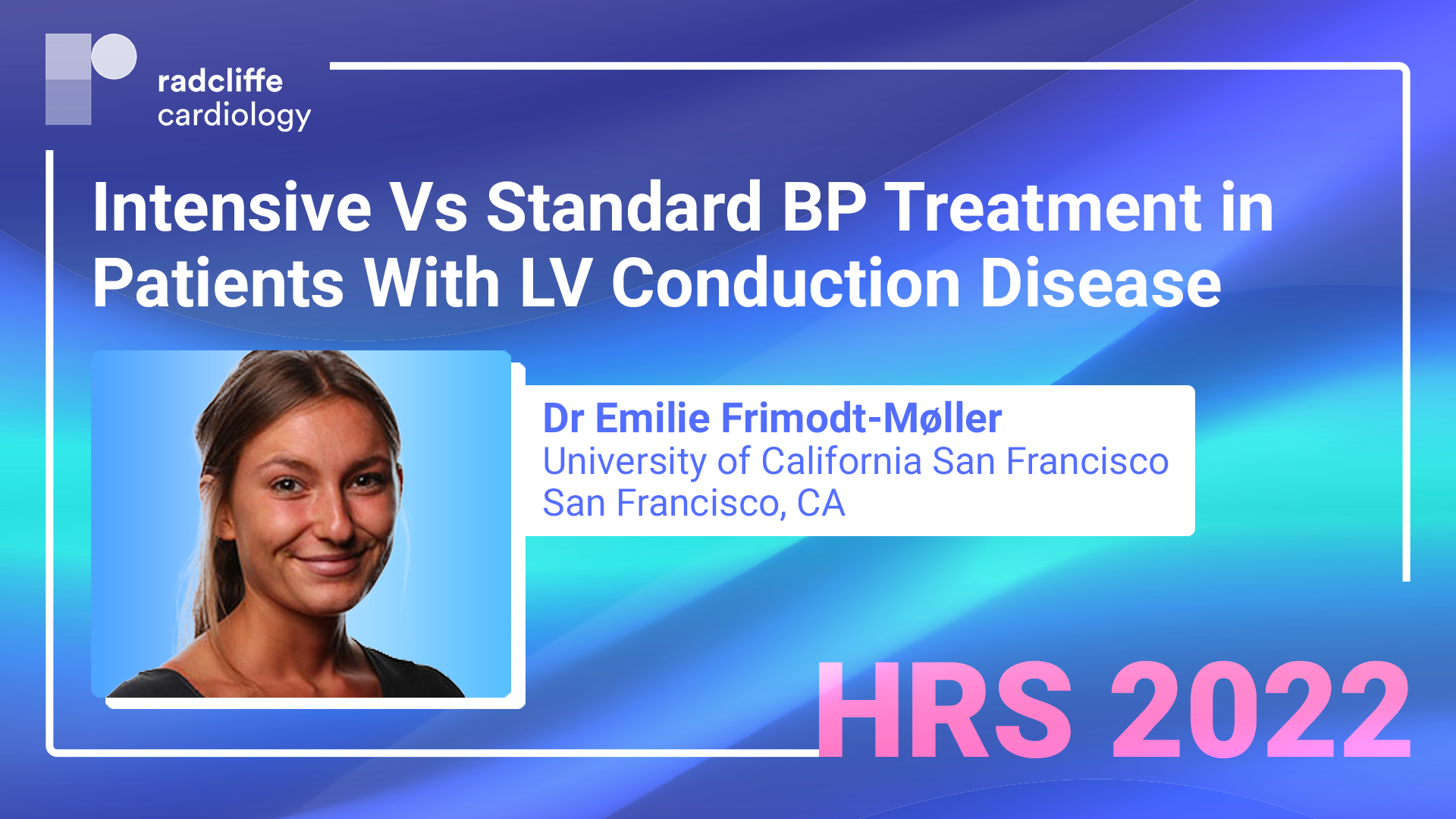 4m 59s
4m 59s -
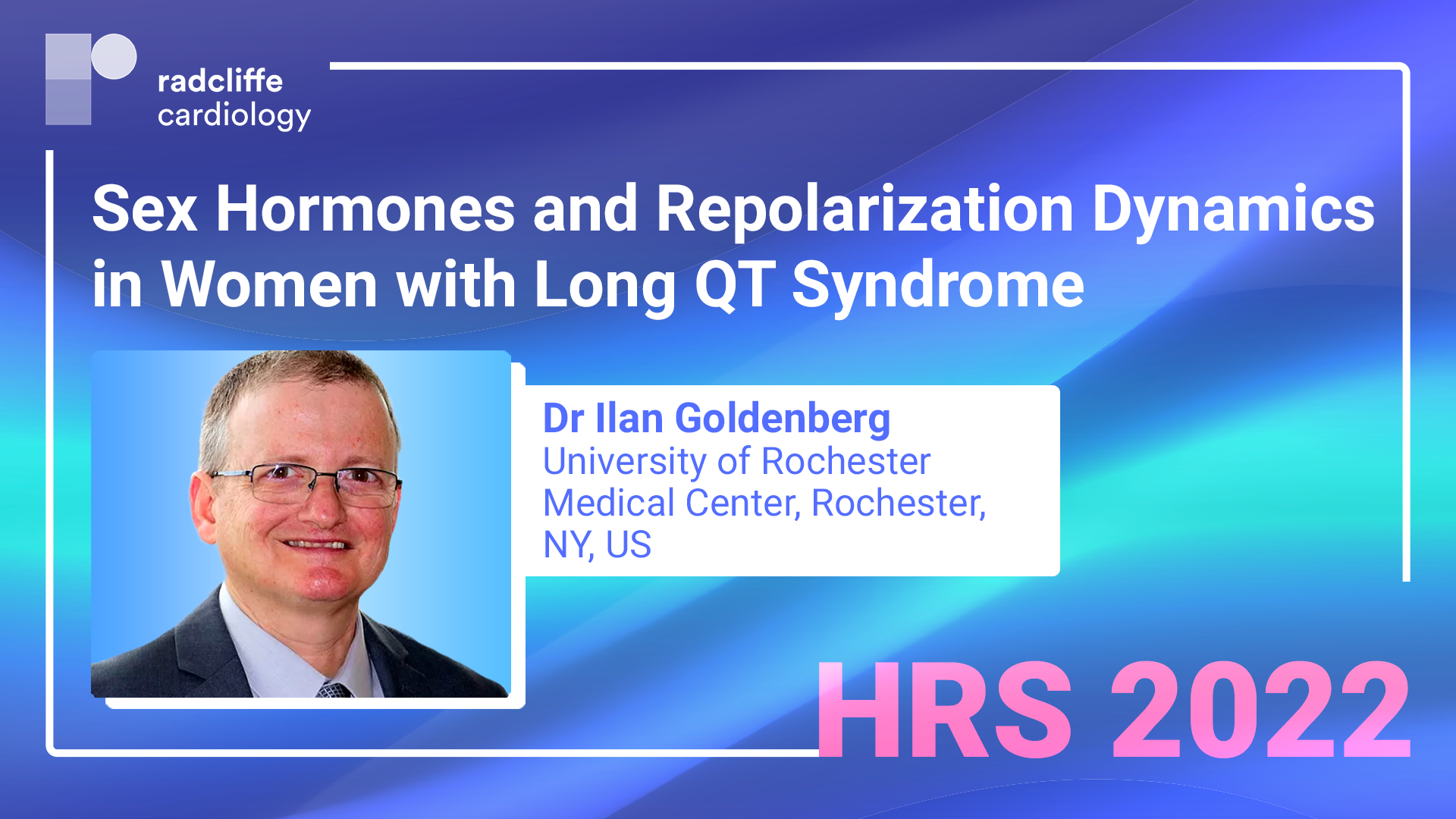 6m 54sPart 1 | Session 11 HRS 22: Sex Hormones and Repolarization Dynamics in Women with Long QT Syndrome
6m 54sPart 1 | Session 11 HRS 22: Sex Hormones and Repolarization Dynamics in Women with Long QT Syndrome
-
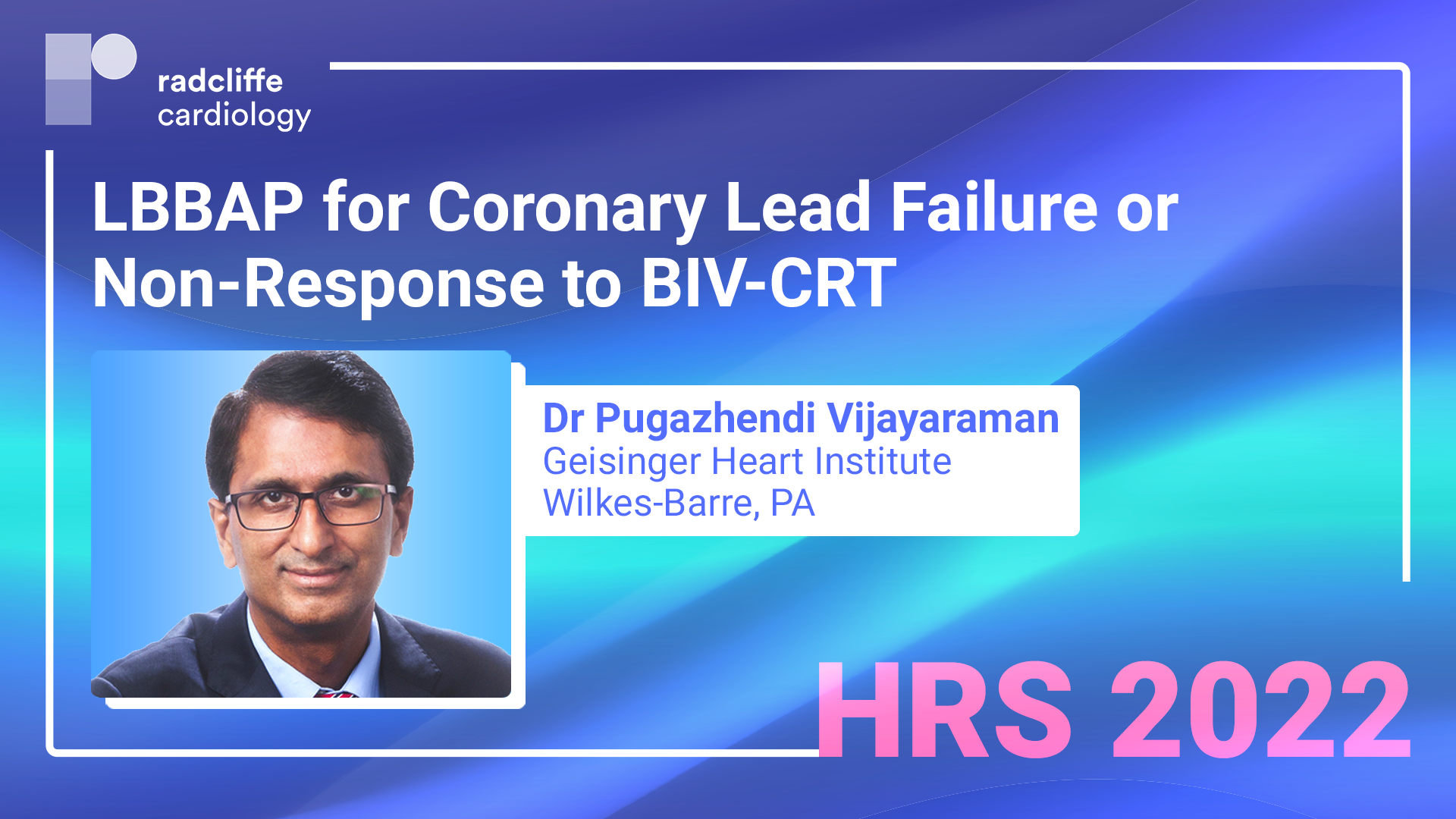 4m 21sPart 1 | Session 1 HRS 22: LBBAP for Coronary Lead Failure or Non-Response to BIV-CRT Pugazhendhi Vijayaraman
4m 21sPart 1 | Session 1 HRS 22: LBBAP for Coronary Lead Failure or Non-Response to BIV-CRT Pugazhendhi Vijayaraman
-
 2m 38sPart 1 | Session 2 HRS 22: Long-Term Outcomes of the NODE-302 Study James Ip
2m 38sPart 1 | Session 2 HRS 22: Long-Term Outcomes of the NODE-302 Study James Ip
-
 7m 47sPart 1 | Session 3 HRS 22: Findings From a Sub-Analysis of EAST-AFNET 4 Andreas Rillig
7m 47sPart 1 | Session 3 HRS 22: Findings From a Sub-Analysis of EAST-AFNET 4 Andreas Rillig
-
 6m 18sPart 1 | Session 4 HRS 22: AI To Identify LV Dysfunction From Smartwatch ECGs Zachi Attia
6m 18sPart 1 | Session 4 HRS 22: AI To Identify LV Dysfunction From Smartwatch ECGs Zachi Attia
Overview
Short, accessible expert interviews were conducted at HRS 2022 with select faculty focusing on the results, applicability, and impact on future research.
More from this programme
Part 1
Expert Interviews
Faculty Biographies

Roderick Tung
Associate Professor of Medicine Director, Cardiac Electrophysiology
Dr Roderick Tung is a widely renowned cardiologist and specialist in cardiac electrophysiology with over 20 years of experience in medicine.
His passion for cardiology grew from undergoing an ablation procedure to correct a cardiac arrhythmia in his early 20s.
Dr Tung is affiliated with The University Of Chicago Medical Center and has authored over 200 peer-reviewed articles and participated in 8 clinical trials in the past 15 years. In particular, he has co-authored 101 articles and participated in 1 clinical trial in the study of ventricular tachycardia (VT).
Cardiology is Dr Tung’s main specialty, whilst his two subspecialties are general cardiology and cardiac electrophysiology. He is an expert in the management of heart rhythm disorders (arrhythmias), with a particular focus on advanced therapies for
Transcript
Aim of this study
The aim of the study was to see how generalizable the early data on cardioneuroablation was. It's come from Brazil in the early 2000s, then percolated to Beijing and then went to Turkey. And this is the first US Multicenter collaboration where we looked at 13 centres to see how well do we do what's being done and is this a good therapeutic option for patients that are frustrated by a vasovagal syncope or a young, don't want a pacemaker and have functional autonomic bradycardia?
Patient population, study design and endpoints
So this was a retrospective multicenter cohort of 76 procedures in 71 patients. And they were over 18 years of age, so not paediatric population. The mean age was around 45, so not young, not old, me being 46, that's about somewhere in the middle. And these are patients that are frustrated with either a clinical common problem called vasovagal syncope, common fainting is a neuroreflex, the Bezold-Jarisch reflex, or they have sinus bradycardia, just the slow normal heart rate, but they don't have other reasons to do so. And they either went in for procedure with a concomitant ablation, there's another reason to do the ablation and we wanted to modify some of the ganglionic plexi, which is where the nervous system plugs into the heart, both going in the wiring and then the wiring coming out, transmitting to the brain and the spinal cord. So by being able to touch down on these GP areas, we can actually change heart rate dynamics and slow heart rate down, speed the heart rate up, and it actually creates a functional rewiring of the balance between the parasympathetic and the sympathetic nervous system.
Main findings
Well, the main findings are number one, we have to show it's safe. We do not want to violate the principle of nonmaleficence and cause harm. There were two complications in which the sinus rates slowed down, so that is probably not the worst because a lot of these would be traded with pacemaker anyway. And there was one pericardial effusion that required drainage, which can happen during catheter procedures. So ideally we'd be zero, but it was about 4% in this cohort. And then the overall outcomes, limited follow-up nine months was that 80% of them did not have recurrent fainting episodes, so that really is promising. Is it conclusive? By no means. Is it necessary? Yes, in terms of moving forward to say, "When can we prepare for prospective data, randomised trials, further investigation?" We believe this really does extend the fact that this is a promising new study, but there's so many more questions that need to be answered. Who is the best patient to select? How should we do it? Under what diagnostic criteria do we really define vasovagal syncope and what are the procedural endpoints? How long does it last for? The data from Brazil shows somewhere between two to four years. There's still changes in the autonomic tone with that rewiring and the rebalancing of the para and sympathetic system, so it shows us that this actually has the potential to benefit a patient for many years.
Impact on practice
I believe this is one of the most exciting things that I've been involved in because it's a new procedure. We typically use ablation catheters to ablate arrhythmias. This is non-arrhythmic ablation. We're not burning a heart rhythm problem, we're burning a structural area using the catheters that we are very facile and agile with to be able to modify that heart-brain connection. And that's really exciting and that gives a lot of promise. And it's an option for the general cardiology community that often has no solutions for a patient because beta blockers have not systematically been shown to be useful. There are some ideas that if you do salt loading or medically with Midodrine and Florinef, that might be able to reduce some of it. Or even using antidepressants has been shown to benefit some, but there aren't any medications that have been systematically shown consistently to benefit this frustrating condition. And as a matter of fact, behavioural modification, which is sitting down quickly, crossing your legs, squeezing, called counter pressure, to be able to increase the blood flow is the only thing that's really been shown to be effective for this condition. So some of these patients have dramatic fainting. We're not taking patients, these are highly selected, where we're not taking a patient, the average one, that gets a little woozy when they see blood or a gory movie. We're taking patients that often wake up with facial trauma or head trauma from their faint and don't have much time to respond from their warning. So many of these patients actually have facial or head trauma and it's very recurrent and very debilitating condition.
Further study required
There are so many further studies that are necessary. The pathway to science is showing feasibility that we can do it, that it can be safe, and in certain patients, it can be very effective. Then you want to refine and figure out, well, in whom is that best to study in, go through this data and say, "All right, now we need to look prospectively." But then we need the FDA to be able to say, "We acknowledge that this might deserve an IDE, a new indication for catheter ablation." And we hope that this symbolises the birth of a new procedure because, again, these are all compassionate off-label. Then if we can get the buy-in scientifically with regulatory, then move it forward, then we dream of randomised control trials. And then when randomised control trials show that the evidence can be consistent on a large scale, then we really move the scale into clinical medicine.





